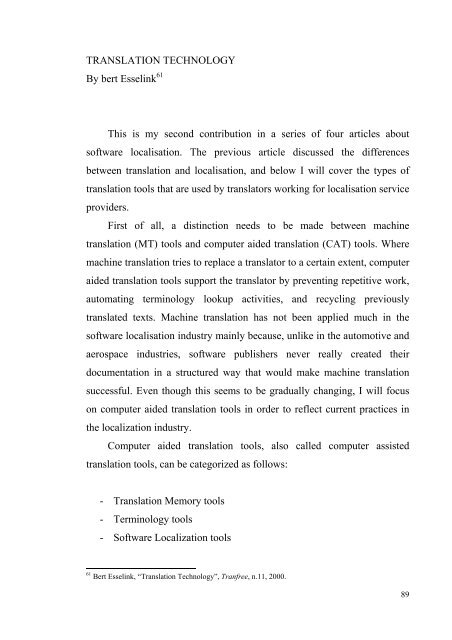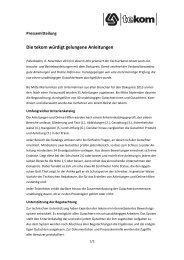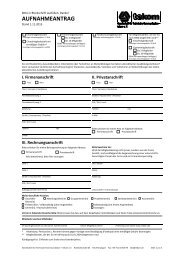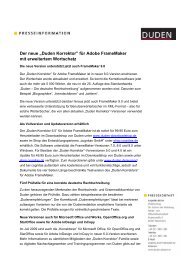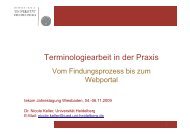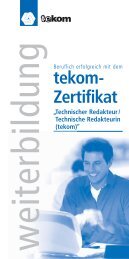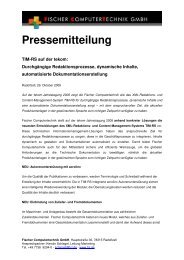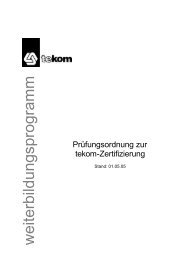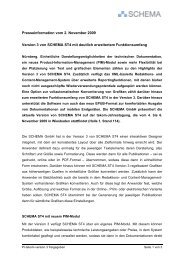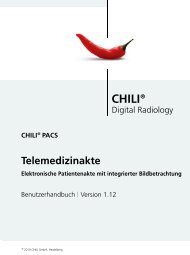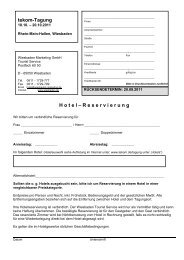qui - Tekom
qui - Tekom
qui - Tekom
Create successful ePaper yourself
Turn your PDF publications into a flip-book with our unique Google optimized e-Paper software.
TRANSLATION TECHNOLOGY<br />
By bert Esselink 61<br />
This is my second contribution in a series of four articles about<br />
software localisation. The previous article discussed the differences<br />
between translation and localisation, and below I will cover the types of<br />
translation tools that are used by translators working for localisation service<br />
providers.<br />
First of all, a distinction needs to be made between machine<br />
translation (MT) tools and computer aided translation (CAT) tools. Where<br />
machine translation tries to replace a translator to a certain extent, computer<br />
aided translation tools support the translator by preventing repetitive work,<br />
automating terminology lookup activities, and recycling previously<br />
translated texts. Machine translation has not been applied much in the<br />
software localisation industry mainly because, unlike in the automotive and<br />
aerospace industries, software publishers never really created their<br />
documentation in a structured way that would make machine translation<br />
successful. Even though this seems to be gradually changing, I will focus<br />
on computer aided translation tools in order to reflect current practices in<br />
the localization industry.<br />
Computer aided translation tools, also called computer assisted<br />
translation tools, can be categorized as follows:<br />
- Translation Memory tools<br />
- Terminology tools<br />
- Software Localization tools<br />
61 Bert Esselink, “Translation Technology”, Tranfree, n.11, 2000.<br />
89


